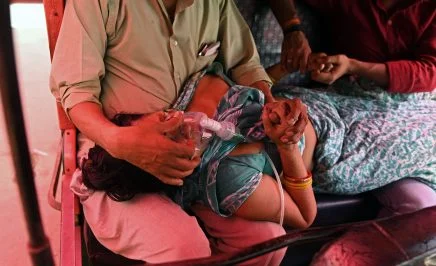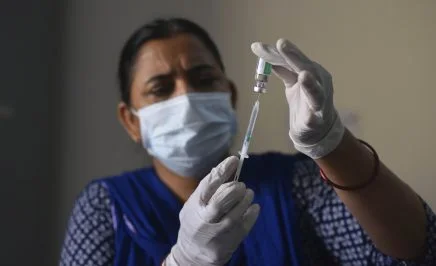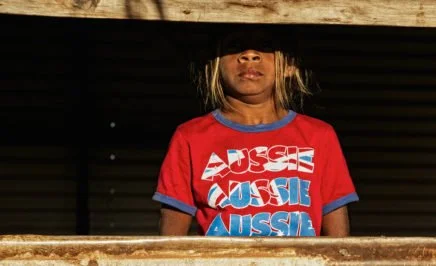Amnesty International Australia has today published a report highlighting the stories of some of the 35,000 Australians stranded overseas due to border closures and the Federal Government’s cap on returns.
Amnesty has gathered stories from several Australians stranded overseas, desperate but unable to return. Among them is Lynne who has been stranded in the UK since she left to be with her dying mum, who has since passed away.
Her 13-year-old son has Autism Spectrum Disorder and anxiety and her being stuck in Scotland is taking its toll on him. Although she counts herself lucky that she has been able to get accommodation and borrow money from friends, her son needs her home.
Lynne also has major health concerns that were being closely monitored at home that are now going unchecked. She needs to return to Australia as soon as possible.
“Lynne’s story is just one of many distressing accounts we’ve gathered which shows the impact of the government caps on returns,” Amnesty International Australia Campaigner, Joel Mackay, said.
“The Prime Minister promised to get the stranded Aussies home by Christmas. This is a promise that looks certain to be broken. The piecemeal approach to bringing people home needs to be supercharged. More quarantine spaces, home quarantine, more repatriation flights: this is what will bring Aussies home.”
The Prime Minister promised to get the stranded Aussies home by Christmas. This is a promise that looks certain to be broken. The piecemeal approach to bringing people home needs to be supercharged. More quarantine spaces, home quarantine, more repatriation flights: this is what will bring Aussies home.
Amnesty International Australia campaigner Joel Mackay.
“It’s a difficult situation for certain, but we have recommended a seven point plan which provides a workable solution to ensure the Australian government can meet its obligations under international law and avoid violating the human rights of these people who are so desperate to return.
The Australian government should:
- Support all states and territories to increase the capacity of their existing hotel quarantine programs. This means more hotel rooms so that more people can quarantine.
- Adopt a home quarantine program. Where safe to do so, allow returning Australians to quarantine at home for two weeks, with checks from the authorities to ensure compliance.
- Use federal quarantine facilities to allow people to isolate.
- Significantly raise, or remove, the cap on the amount of Australians who can return home per week.
- Work with the airlines to maximise the number of flights coming to Australia, and to prioritise returning Australians safely.
- Charter additional repatriation flights, including using RAAF resources if necessary.
- Open Melbourne Airport and airports other than Sydney, Perth, Adelaide and Brisbane to cater for an increased number of returning Australians.





